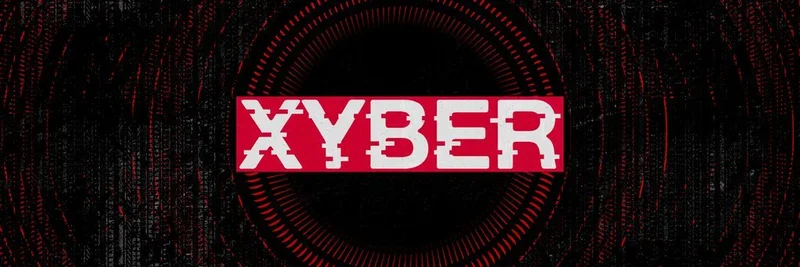io.net, the decentralized GPU network, just announced a huge win: they've crossed $20 million in annualized on-chain revenue. This isn't just another crypto hype story—it's real proof that DePIN (that's Decentralized Physical Infrastructure Networks, for those new to the term) can solve actual problems in the tech world.
The announcement came via a tweet from the official io.net account, sparking conversations across the crypto community. Here's what they shared:
✅ @ionet just hit $20M in on-chain revenue.
While most crypto projects chase narratives, @ionet is proving DePIN works:
🌍 139K+ GPUs across 138 countries
💸 70% cheaper than AWS/GCP
🚀 Web2 devs adopting for pure economicsThis is what product-market fit looks like when solving real business problems.
Check out the full story ⤵️ io.net Blog
This tweet highlights io.net's rapid growth and adoption. DePIN projects like this one aim to decentralize physical resources—in this case, GPUs (Graphics Processing Units, the powerhouse hardware for AI and machine learning tasks)—making them accessible and affordable through blockchain technology.
Why This Milestone Matters
Hitting $20M in on-chain revenue means io.net isn't just talking about potential; they're generating verifiable income directly on the blockchain. Unlike many crypto ventures that rely on speculative token prices, io.net is earning from actual usage. Their network provides compute power for AI workloads, and developers are flocking to it because it's up to 70% cheaper than giants like Amazon Web Services (AWS) or Google Cloud Platform (GCP).
Think about it: Traditional cloud providers are bogged down by supply shortages and high costs. io.net flips the script by crowdsourcing GPUs from around the world, creating an "Airbnb for compute." With over 139,000 GPUs spread across 138 countries, they've built a truly global, scalable infrastructure. This decentralization not only cuts costs but also improves performance by reducing latency through geographically distributed nodes.
Real Adoption from Web2 Developers
One of the coolest parts? Web2 developers—those from traditional tech who aren't necessarily crypto natives—are jumping on board purely for the economics. No need for blockchain evangelism; the savings speak for themselves. io.net has delivered over 1 million hours of compute and handled nearly 2 million on-chain transactions, according to their State of the Network report.
Partnerships are key here too. They've teamed up with players like Leonardo, KREA, PublicAI, Nesa, Flock, Ritual, Filecoin, Render, and WonderaAI. These collaborations are driving more deals, with 56 signed so far. Looking ahead, io.net plans to expand customer relationships, bolster their sales team, and increase high-end GPU supply like H100s and A100s in key regions.
Community Reactions and What's Next
The tweet thread drew mixed responses. Some celebrated the achievement, like @QuadDre who said, "Massive congrats to the @ionet team, that’s a huge milestone. This shows DePIN infra adoption is gaining traction." Others raised questions about token price performance and verification, reflecting the skeptical side of crypto communities.
For io.net, the focus remains on fundamentals: aggressive revenue growth, enterprise-grade service, community involvement, optimized rewards, and building a top-tier team. They're upgrading their Proof of Work system, implementing staking and slashing to ensure network integrity, and planning for progressive decentralization through DAOs.
In the bigger picture, this milestone underscores DePIN's potential to disrupt the $2.5 trillion cloud computing market. As AI demands skyrocket—with model training costs jumping 3,100% annually—projects like io.net are positioned to capture massive value. If you're in blockchain or AI, keep an eye on io.net; they're not just building hype—they're building the future of compute.
For more details, dive into their full blog post or explore the State of the Network PDF. What do you think— is DePIN the next big thing in crypto?

